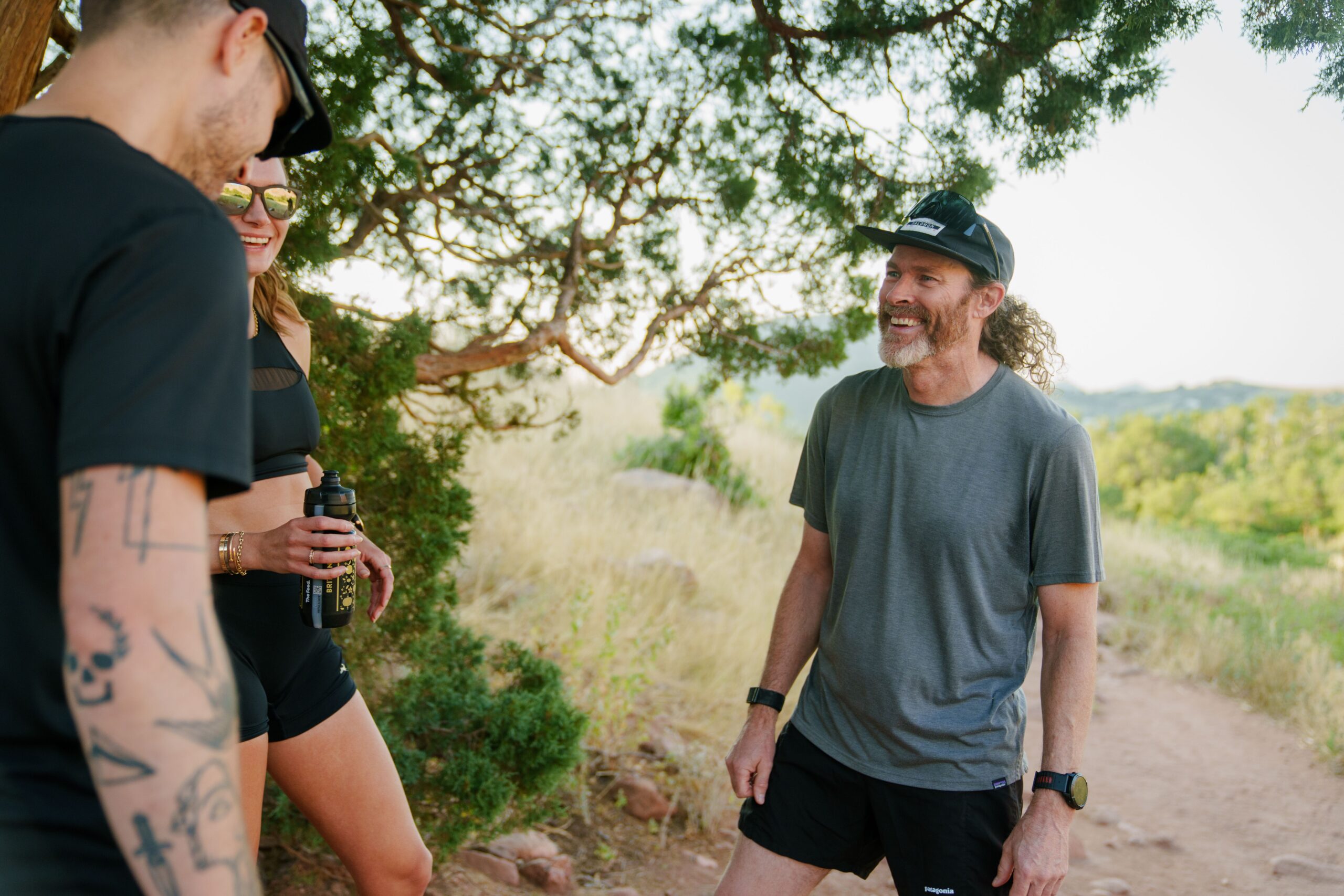Steve House sees the convergence of technical climbing and mountaineering as “New Alpinism.” And the athleticism required to be an all-around alpinist demands a training regimen as diverse as the skills of blended climbing disciplines. He co-founded the coaching company Uphill Athlete out of his work helping lead other alpinists, mountaineers and athletes based on personal learnings and fundamental endurance coaching.
For 21 years, Steve House was a professional climber and has been a professional mountain guide since 1992. His most famous ascent was Nanga Parbat’s Rupal Face in 2005, which earned him and Vincent Anderson the acclaimed The Piolet d’Or (“Golden Ice Axe“). Reinhold Messner called him “The best high-altitude climber in the world.”
He has also compiled an impressive list of first ascents and new routes in Alaska, the Canadian Rockies, the Alps and the Himalayas. Since retiring from professional climbing, House has coauthored “Training for the New Alpinism” and “Training for the Uphill Athlete,” as well as becoming a co-founder of the coaching company Uphill Athlete.
“I went back to thank the E.R. docs and rescue guys a year after my accident. And the E.R. doctor just looked at me was like, ‘Oh yeah, I remember you. Yeah, your trachea was like way over by your ear. Yeah, you don’t usually see that on live people.'”
“For me, alpinism is actually the ultimate of climbing because it blends everything. It blends ice climbing, it blends rock climbing, blends high altitude, blends mixed climbing… you have to know the weather. You have to know everything there is to know about climbing to be a good alpinist.
I think another good analogy for what alpinism is… it’s like the decathlon of climbing because you have to be good at everything, but you’re not the best at any of those one things. You have to be good, a little bit good at everything. And that’s what makes training for these kinds of things actually kind of interesting, especially when you put on the coach goggles.
You have to try to figure out like, OK, how much of this do I do? And then where do I layer in that? And what about upper body strength? And what about the finger strength? And, you know, how do you integrate… because there’s, you know, there [are] not enough hours in the week, in a way, to execute and recover from all the training for all the different things you need to do.”
“A lot of what [Uphill Athlete is] bringing is fundamentals. I mean — and this is where I think what you said about learning from different sports — because I think we all share the same common understanding of how physiology works and so forth. But the part where we can really benefit each other is the inspiration part. Like, it’s fun to see how people coach different athletes in different ways.”




